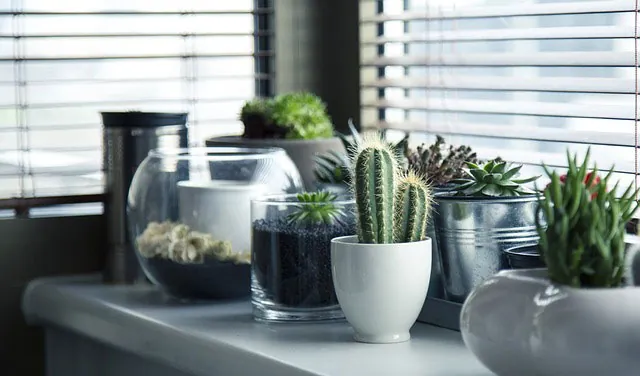
Want to have a garden, but short on space? Use containers!
City dwellers with very limited space can be an intimidating prospect. But not having access to a yard full of rich soil, and abundant sunlight, doesn’t exempt you from enjoying homegrown flowers, vegetables, or herbs.
One popular option? Container gardens, or growing plants in individual pots.
Garden expert Monty Don says, “However small your garden and whatever its style, there’s always room for some pots.”
Containers are portable, affordable, and can be placed even in some awkward parts of your home. Planting a container garden with limited space couldn’t be easier. With some technique, and ingenuity, you can create your container garden at home using your limited space.
Step 1: Planning Your Container Garden with Limited Space
How much space do you really have?
Look around your home. Is there a particular area you wish to cover up or conceal? A simple and tidy plant grouping can fill that space with a sunny disposition. There may be a nearby tree, view, or other surrounding landscape you wish to preserve or incorporate.
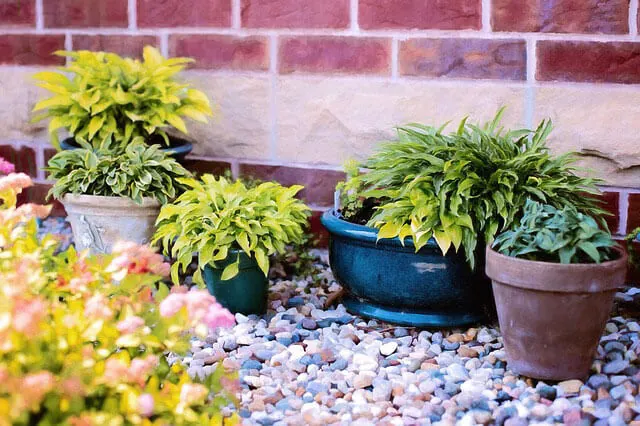
UK permaculture designer and educator, Hedvig Murray, shares that a great way to fill empty spaces is to map it out first.
Take photos at different times of day to discover how the sun varies across your space. Observing and interacting and can lead to a great outcome.
Potted plants can add depth to any room or outdoor area if you create and demarcate levels. Use a few, small potted plants to line the porch railing, adorn the top of your refrigerator, or even use in the place of candles on a wall sconce.
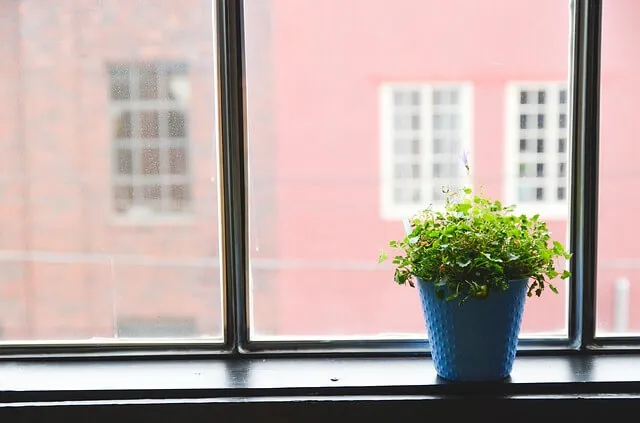
You can grow a few sprouts, like alfalfa, lentils, or garbanzo beans, which can thrive in smaller pots. Try hanging pots by the windows for stemmy vegetables like tomatoes, eggplants, and peppers. The cascading plants will double as beautiful décor.
Step 2: Preparing Your Planters
Make sure that your pot can provide the appropriate drainage needed to let excess water drain away. Drainage is an important factor on whether your plants live or die.
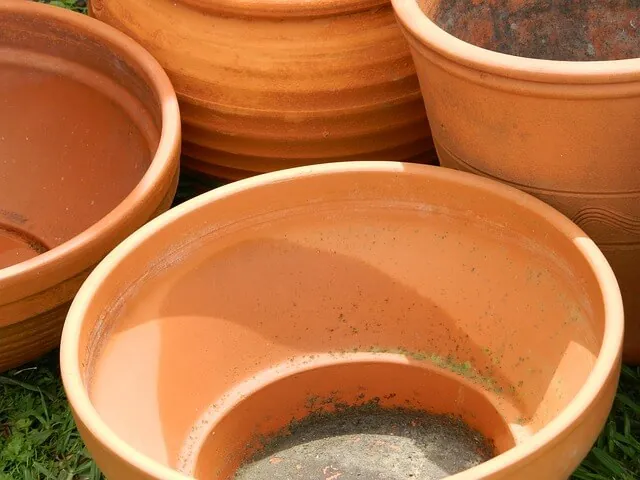
Don’t go for garden pots sold in stores that have one tiny hole in the bottom. These will not let enough water escape. For metal pots, you can poke additional holes by using a hammer with either a large nail or screw driver.
Know where the container will be located so that you purchase the proper size, shape, style and material. Pots range in many sizes, but for most houseplants, sufficient pot sizes are 6cm, 8cm, 13cm and 18cm. Floor-standing plants may need planters 25cm in size to accommodate them.
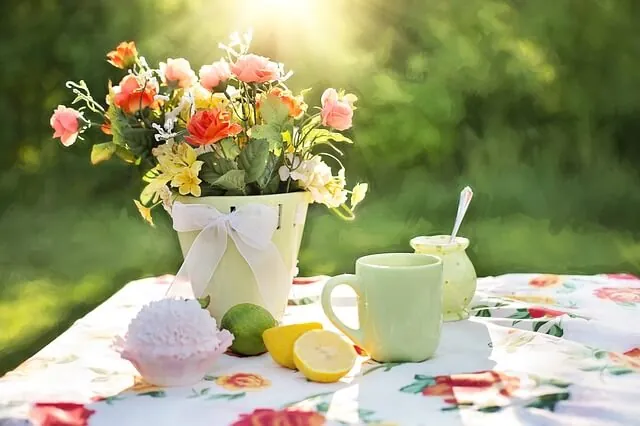
You can even make use of old teapots, jars, storage tins, buckets, and more. You need to be careful though, since these containers may not provide the right kind of drainage.
Step 3: Prepare Your Soil
To ensure that your plants will have healthy roots, choose a potting mix made specifically for container gardening. It’s important to use potting mix because potting mix is lightweight and has ingredients to promote water retention and drainage.
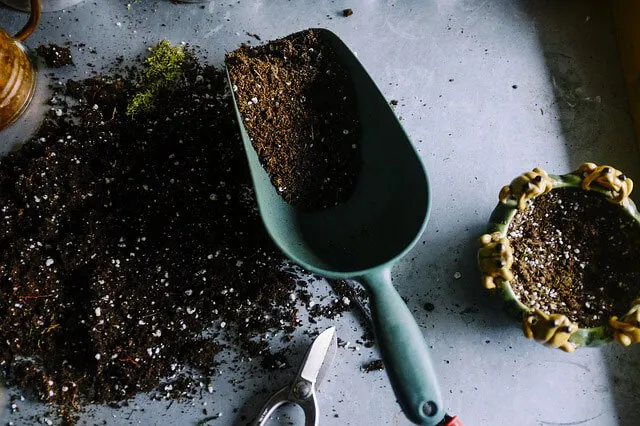
Fill your containers with a quality commercial potting soil. Never use soil directly from your garden because, when dry, it will harden into a solid mass. Quality potting soil should include generous helpings of peat moss, compost, perlite, vermiculite, and/or rotted manure. Read the label before you buy. – Doug Jimerson – Better Homes and Gardens
You cannot use garden soil for indoor plants because the quality is unreliable. It drains badly and may contain weed seeds, bugs and even diseases.
Only the special indoor composts should be used with your houseplants. The compost is what anchors the plants and provides them with moisture, food and air for the roots.
Step 4: Choose Your Plants
You can order organically-grown seeds or small plants from garden centers, nurseries, natural food stores, many hardware stores, and mail-order growers. To know if a plant is specifically designed to grow in smaller spaces, look at their labels of description.
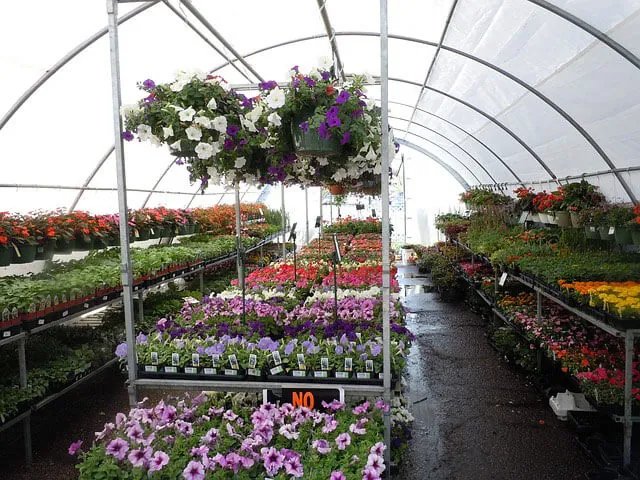
Make a list before buying plants. List down the plants you want for your containers before going to the nursery. If you’re completely overwhelmed by the choices, you may either buy too much, or buy nothing at all because you can’t make a decision. -Kerry Michaels – Growing the Northeast Garden
Most gardeners would suggest to start with herbs, because most of them require minimal maintenance. Parsley, thyme, oregano, sage, mint, and rosemary can flourish year-round indoors. These herbs are also far superior in taste to their dried, store-bought counterparts.
If you see words such as bush, compact, space saver, or patio, then their good to plant indoors. Peppers, tomatoes, and eggplants also grow particularly well in containers, as well as lettuce, spinach, and some fruits.
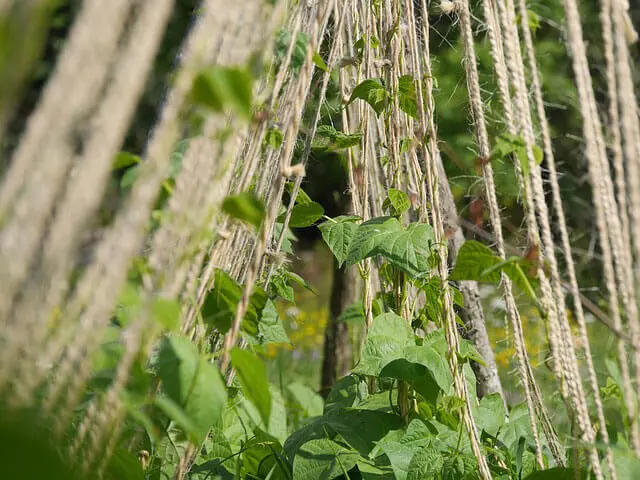
Plants designed to grow upward, such as pole or runner beans, are also perfect for indoor gardening. Generally, the horizontal space is what’s limited. You can build a vertical garden by training a climber up a wall or fence. For instance, cucumbers can be trained to grow up trellises.
Step 5: Begin with the Planting
As mentioned earlier, make sure that with your container can facilitate good drainage. Badly drained pot water can cause problems, preventing air from circulating in the root zone, and promotes soil-borne diseases.
https://pixabay.com/en/planting-gardening-flower-pot-783342/
Follow these steps to start planting:
- Fill your plant pot with potting mix, leaving 25cm of space from the top.
- Begin placing your plants or seeds at the depth recommended on the packaging.
- Push the soil at the edge of the container down.
- The soil should be at least 3cm below the edge of the pot.
- Sprinkle some slow-release fertilizer into the pot.
- Add it around the edges and on top of the soil, not on top of the plants.
When you’ve finished planting, water the container. Give it a good soaking and let the water run out the bottom of the container. Then, wait several days to water again.
Step 6: Caring for Your Plants
Timing of watering changes as plants grow. When plants are small, water a couple of times a week. When plants are larger, they need more water.
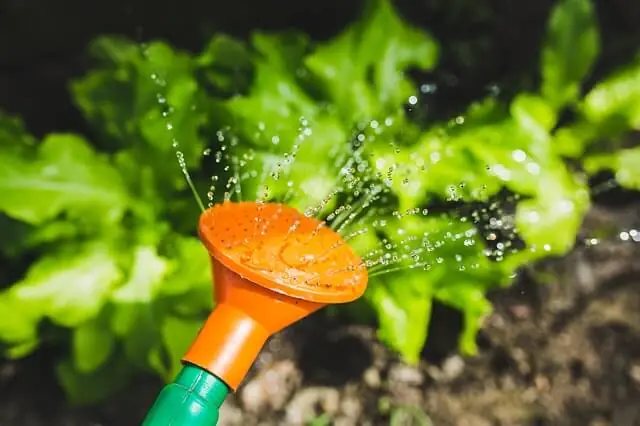
Remember the good rule of thumb: If the soil is dry down to your second knuckle of your index finger when you stick your finger in the soil, the container needs water.
You can grow almost anything in a pot, but the key thing to remember is that it won’t survive on its own. Putting a plant in a container makes it totally dependent on you for water and food. -Louise Hampden – Gardeners’ World
Pests will find and attack your plants whether you are in an urban or rural setting. Check under leaves and stems every now and then and look for signs of insects or their eggs. If they are not recovering from some disease or pest attack, take a practical approach and cut them off before they start damaging other plants.
Place the pots in the best position to make the most of sunlight and rain. If your containers are inside, place them near windows for sunlight.
Step 7: Be Inspired with These Ideas
- Go for smaller versions

Dwarf variety citrus trees are not only beautiful. If you take care of them properly, they can grow bountiful. Fill terra cotta pots with dwarf trees of lemon, lime, or orange to give your outdoor space a sunny vibe.
- Vertical garden
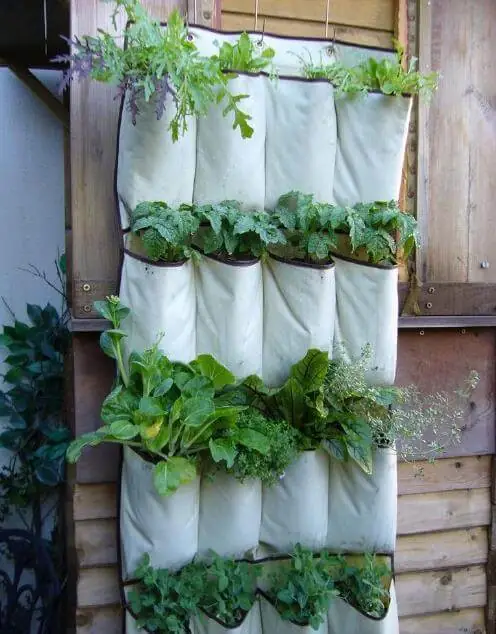
Don’t let cramped quarters stop you from creating your indoor garden. Make the most of the space you have by thinking vertically. You can even make use of a shoe organizer. Fill each of the shoe spaces with potting soil or compost and then add your plants.
- Into the patio
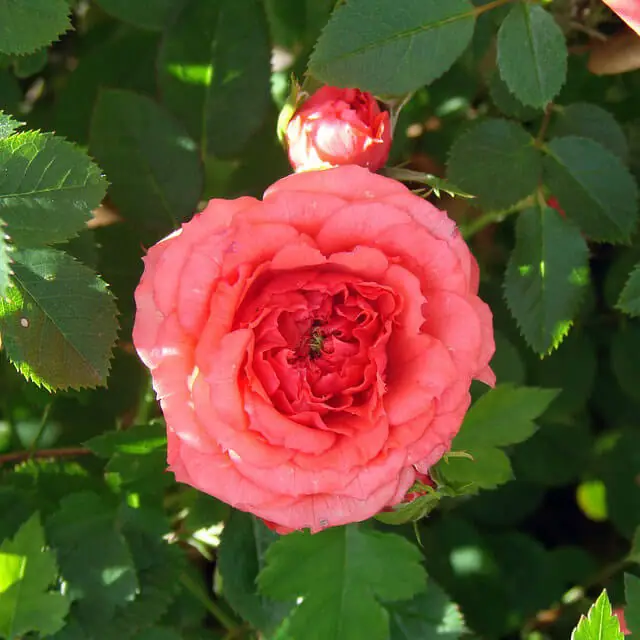
Some urban-dwellers are lucky enough to have access to a patio or rooftop. You can always set up your container garden with limited space in your patio. Try planting mini or dwarf roses to provide colorful blooms all summer long.
- Get a windowbox
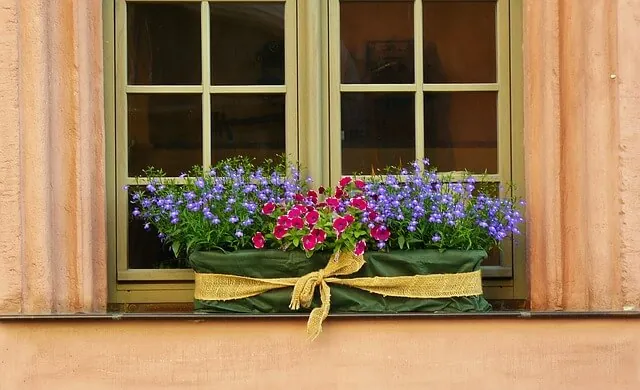
If you don’t have access to any outdoor space, no worries. A sunny windowsill is all you need. Strawberries are a popular choice for windowbox gardens. You can use your harvest to top salads, yogurt, or pies.
- Group your containers
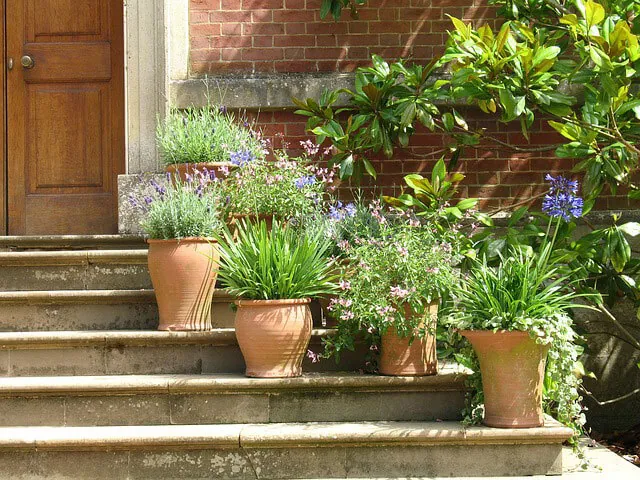
Grouping containers together is not only visually appealing, but also helps to create a more humid micro climate for the plants. This can help reduce moisture loss from both leaves and potting mix.
- Planters in a bench
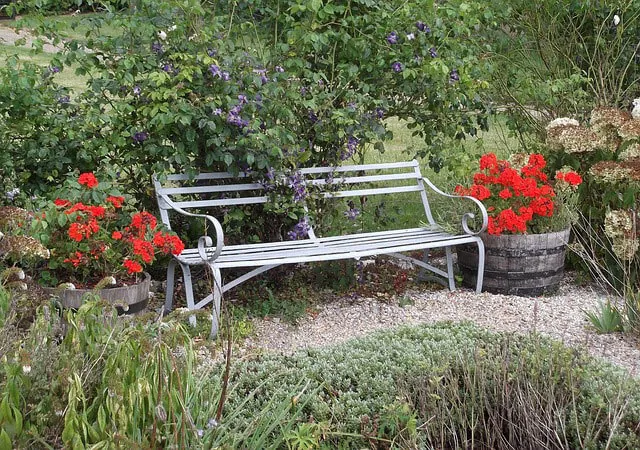
Turn your old wooden bench into a beautiful plant holder. The type that you really can’t sit on any longer. Use the seat to hold your planters, or get creative and form raised garden from the seat area.
- Hanging tin cans
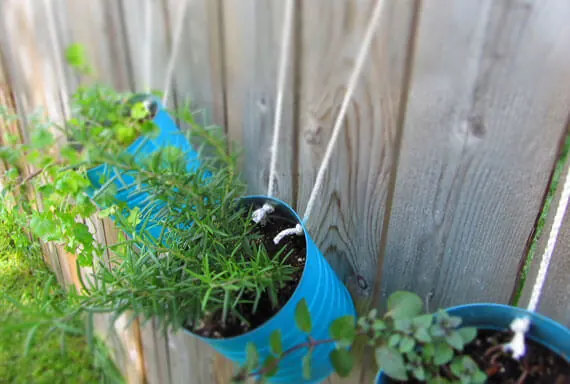
If you just don’t have the space to have all of the flowers, herbs or veggies that you want to plant, you can recycle old tin cans and use them as pots. They hang nicely from fences and decks. They are portable so you can move them about as needed.
- Green up the pathway
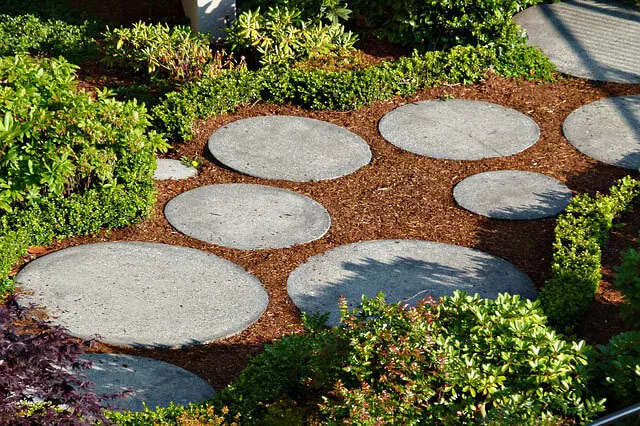
If you don’t have a lot of space, you can still have a nice pathway. Alongside that pathway is the perfect place for gardening. Small shrubs, hostas and other leafy plants look beautiful outlining a garden path.
Conclusion
For those who only have a balcony, flat roof or windowsill, you can always rely on containers to become your garden. The process can give you just as much pleasure as any border. The secret is choosing the best planter to fit your needs – and your plants.




0 Comments